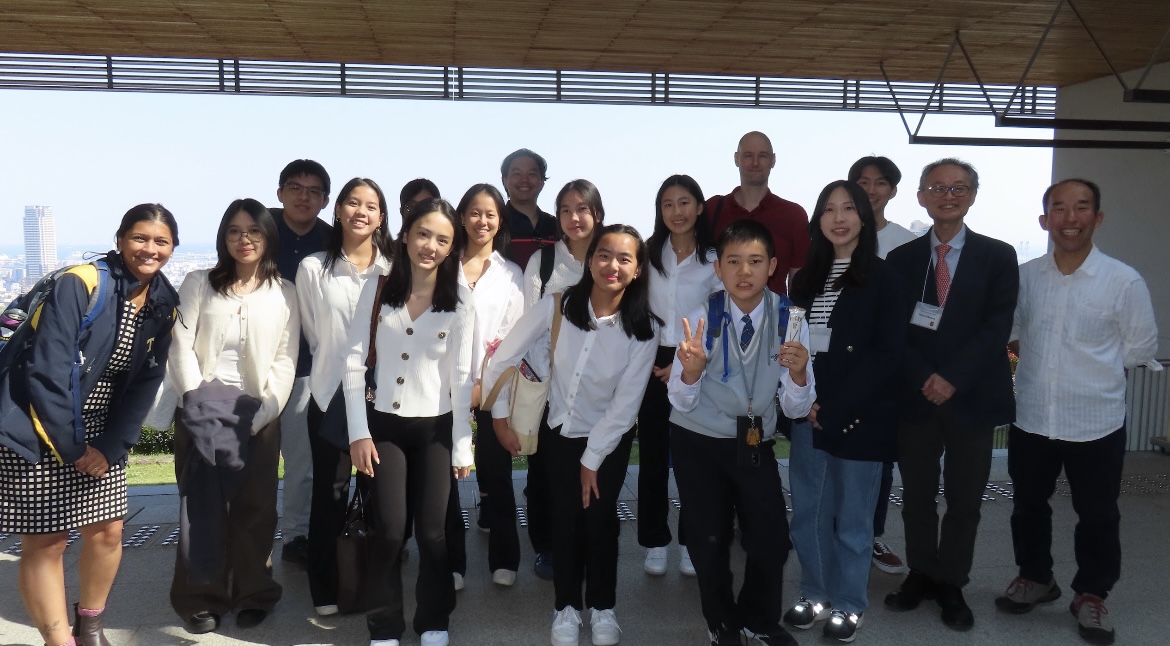Scientists have recently discovered a rocky planet named Proxima b. Approximately 1.3 times the size of earth and potentially containing liquid water on its surface, Proxima b may be the next home for mankind.
One factor that make Proxima b habitable is that it orbits its host star, Proxima Centauri, in that star’s habitable zone. This means that the temperature of the planet’s surface is just right for water to not evaporate instantly. Researchers estimate the temperature of the surface of Proxima b to be 31 to 40 degrees Celsius. The distance between Proxima Centauri and Proxima b is closer than the distance between the Sun and Mercury. Proxima b is only 4.2 light years away from Earth, which is 92.96 million miles apart.
However, scientists are still figuring out how to get to Proxima b. The founders of the Breakthrough Starshot, an astro-engineering organization, want to send wafer-thin probes to Proxima b, which will result in traveling at very high speeds. This technology would be able to bring humans to Proxima b in only 20 to 25 years as it is accelerating by 20% of the speed of light. “We certainly hope that, within a generation, we can launch these nanoprobes,” the chairman of the Breakthrough Prize Foundation, Pete Worden said in space.com. “And so perhaps 20, 25 years from now, we could begin to launch them, and then they would travel for 25 years to get there.”
Despite these exciting developments, there is still not enough information about the planet. After confirming its habitability, many researchers are finding their answers to whether the planet actually contains bodies of water or has an atmosphere like earth. More importantly, questions regarding radiation in Proxima b has arose. The study on Proxima b’s author, Ansgar Reiners, asks, “What happened during the formation? Was the star more active than the sun is today, and where during that phase was Proxima b located?”
“The planet’s atmosphere, if it indeed exists, might be something completely different from what we are used to seeing in the solar system,” says Mikko Tuomi, an astronomer who was the first to spot signs of the planet when studying archival data from the University of Hertfordshire in Hatfield.
As curiosity and progress in research grows, excitement grows as well. René Heller, of the Max Planck Institute for Solar System Research in Göttingen says, “This planet candidate is our best bet for the next few decades, maybe even forever, to directly image an Earth-mass planet in the habitable zone.”




![[PHOTO COURTESY OF PIXABAY]](https://blueandgoldonline.org/wp-content/uploads/2025/03/white-18227_1280-1200x803.jpg)

![[PHOTO COURTESY OF PIXABAY]](https://blueandgoldonline.org/wp-content/uploads/2025/03/fire-6706674_1280-1200x800.jpg)
